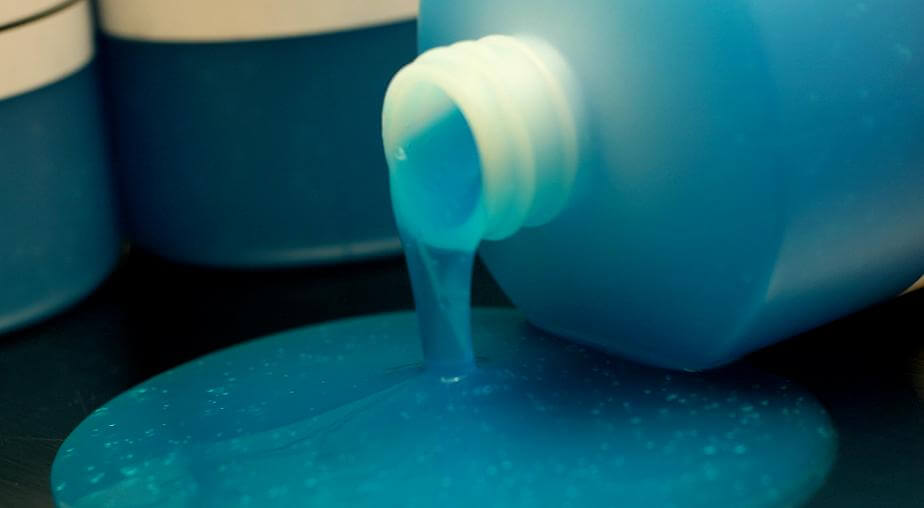
It looks like Smurf blood and it may keep Japan safe from nuclear waste. DeconGel is a liquid polymer that can spread easily on almost any surface. As it hardens it traps hazardous materials, including radioactive particles, and then easily peels away for disposal. CBI Polymers, the creators of DeconGel, recently donated ten pallets of the polymer to aid in Japan’s decontamination of the Fukushima Daiichi nuclear disaster site – a $250,000 gift when you include the labor of the experts and support staff that will be tagging along. DeconGel’s lightweight and easy to use approach to cleaning up radioactive waste could go a long way to restoring the Fukushima prefecture. Watch CNN’s coverage of the DeconGel donation in the video below, followed by a quick demonstration of the gel being used in more mundane situations. Discovered by accident, DeconGel is another great example of the plethora of advanced materials waiting for humanity to find and use in the future.
It’s hard to imagine a better list of properties you’d want in a decontaminate than you find in DeconGel. It adheres to almost any surface, including porous ones, and bonds tightly around particles and oils. This effectively traps any waste (hazardous or otherwise) within the substrate. While it doesn’t actually chemically or radioactively neutralize the materials it contains, it does make them exponentially easier to remove, and without the use of water or soaps. While multiple layers are recommended for heavy clean up operations, like those at Fukushima, the resulting coating is still very lightweight, with an eight pound gallon of the gel being able to cover up to 100 square feet of surface.
DeconGel also applies easily: smooth enough to spread quickly but viscous enough to hold onto inverted surfaces. The liquid is available in different versions suitable to brushing or spraying, but both are high-tensile enough to hold together as they are peeled off. You can see how durable the hardened gel is in the following demo video taken around the University of Hawaii in Manoa. It’s incredible how clean those moldy concrete surfaces look as the DeconGel is pulled away.

In its short history (DeconGel has only been on the market since 2009), the miracle cleaning gel has already seen action in commercial nuclear power plants in the US, nuclear medicine and research labs, Department of Energy decontamination sites, and other hazardous chemical clean-up operations. CBI Polymer’s donation to Japan’s clean-up efforts was generous and a great bit of publicity, with DeconGel getting widespread discussion on the web, and CBI Polymer receiving interests from corporations and governments all around the world.
The cynic in me would like to point out that the short history of the substance means its possible there’s toxicity concerns we haven’t discovered yet, but I’m still pretty damn impressed with an inert polymer that can be stored or allowed to decompose as necessary. Even if DeconGel has some hidden environmental costs, its advantages make it a clean winner against using water or soap for many applications.
The arrival of DeconGel on the global market makes me wonder what other hidden treasures are waiting to be found by accident in the materials labs of the world. This gel spreads, bonds, and peels easily, but the decontamination products of the future may be able to neutralize the harmful materials they absorb as well. We’re lucky to have DeconGel as a solution to help with the latest nuclear problem – let’s hope that those future solutions arrive in time for the next toxic disaster.
[image credits: DeconGel]
[source: DeconGel press release]



